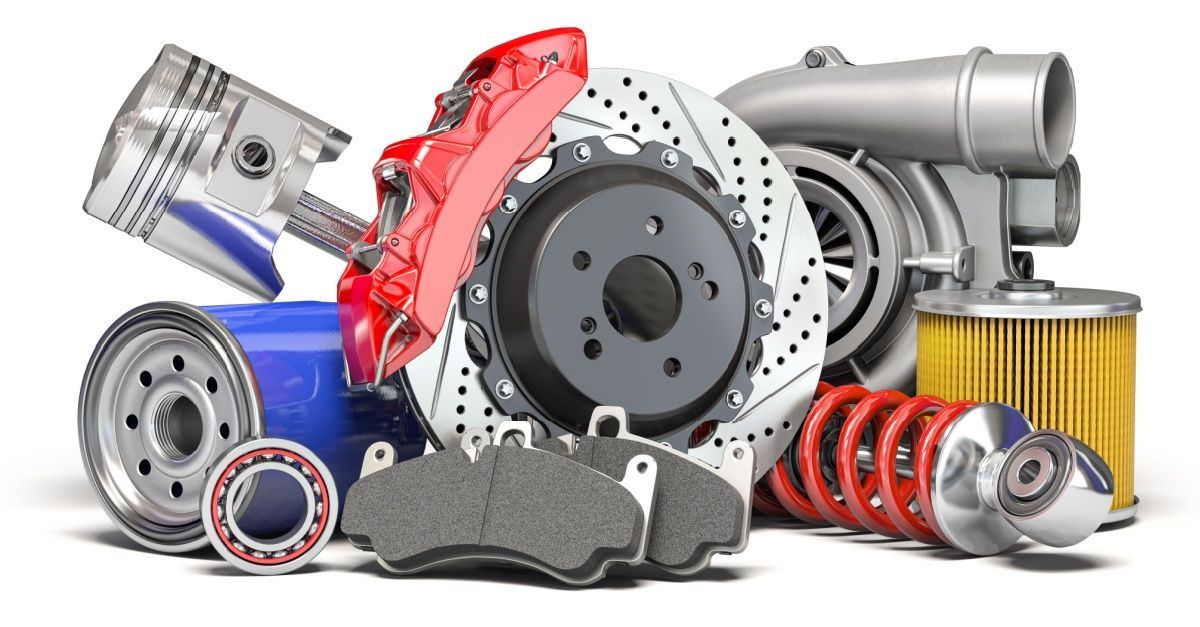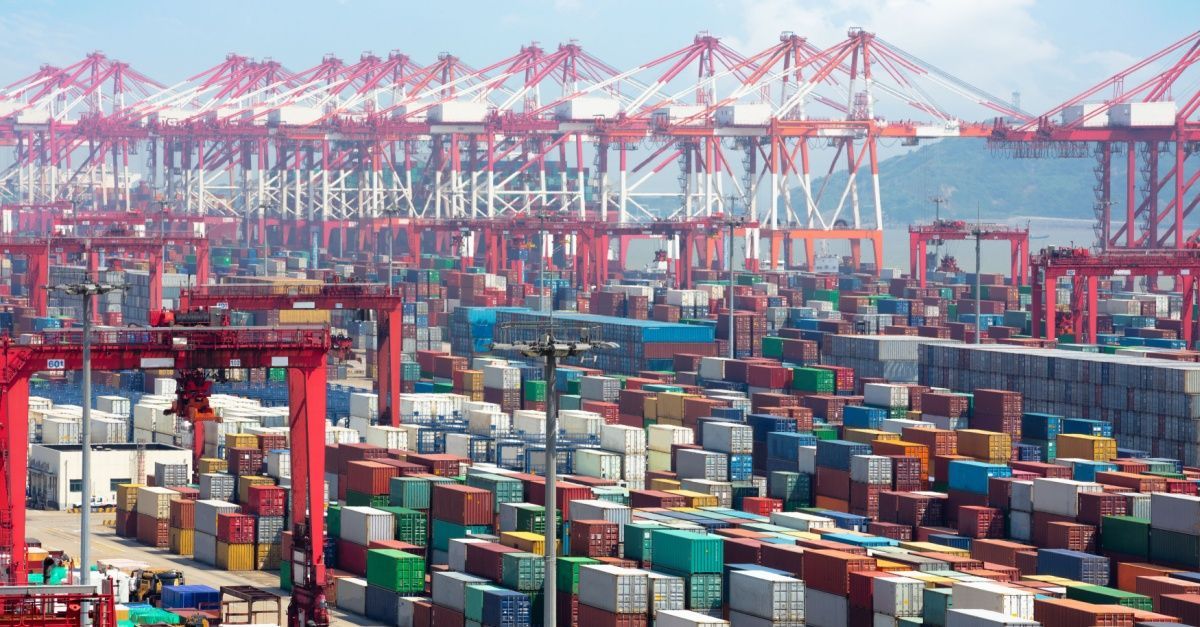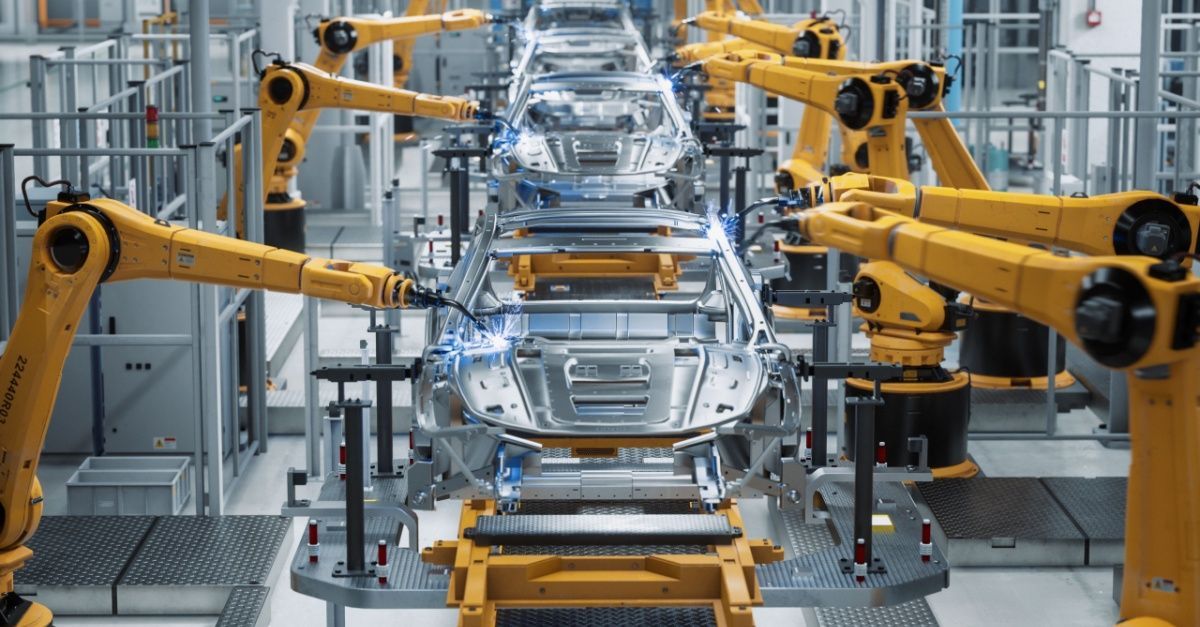Manufacturing Activity Stable Even as Tariff Uncertainty Persists
Blog Post CTA
The U.S. freight economy is being recalibrated as policy-driven shocks collide with operational stress points in manufacturing, labor, warehousing, and trucking. Mounting regulatory and economic pressures are shaping the future of supply chain operations across the country.
There is a modest uptick in U.S. manufacturing performance, but the fragile recovery is undermined by weak demand and
tariff uncertainty. Meanwhile, longshore unions are intensifying their resistance to automation, framing it as a global labor crisis ahead of a major summit in Lisbon.
Trucking may be on the cusp of a sharp reversal from prolonged overcapacity. Enforcement of the English Language Proficiency (ELP) mandate, combined with the immigration restrictions in H.R. 1, could result in the elimination of up to 175,000 drivers from the roads. Warehouse vacancy rates have hit an 11-year high, with leasing delays tied to tariff anxiety. And while tax relief in the “One Big Beautiful Bill Act” is being praised across industries, it comes alongside sweeping immigration crackdowns.
Pieces are constantly being moved across the industry. And in this issue, we map out the causes and consequences.
Demand Declines Despite Manufacturing Gains
The Institute for Supply Management (ISM) reported a modest gain in U.S. manufacturing in June, with the Purchasing Managers’ Index rising to 49%, up 0.5 points from May, still signaling contraction.
Production expanded into new territory at 50.3%, while inventory levels improved to 49.2% as companies accelerated the release of goods ahead of renewed tariffs. Despite this, demand indicators, including new orders, backlogs, and exports, declined.
Susan Spence, ISM Manufacturing Business Survey Committee chair, noted, “The biggest issue on our panelists’ minds continues to be the effect of tariffs on their supply chain and their cost structure.” Negative sentiment outweighed positive responses by a margin of 11-to-1.
In contrast, S&P Global’s U.S. manufacturing PMI rose to 52.9%, the highest since May 2022. S&P’s Chris Williamson credited sustained order volumes and output increases, but warned that pricing power linked to cost pass-throughs could risk reigniting inflation. The overall picture remains fragile, shaped more by tactical stockpiling than structural recovery.
Driver Pool Faces Deep Cuts with New Regulations
The ELP rule and immigration provisions in H.R. 1 could remove up to 175,000 drivers from the U.S. trucking workforce. The ELP mandate, effective June 25, allows the Commercial Vehicle Safety Alliance to place drivers out of service if they fail to demonstrate English fluency.
Many impacted drivers are immigrants, who make up at least 20% of the CDL workforce, though industry estimates suggest that number is higher. H.R. 1, signed July 4, bars work authorization for parolees, asylum seekers, and Temporary Protected Status holders,
potentially sidelining 50,000 to 100,000 drivers dependent on Employment Authorization Documents (EADs). With SONAR data showing
trucking spot rates at $2.28 per mile, down from $3.53 in early 2022, analysts believe capacity cuts of this magnitude could drive a freight market rebound.
Trucking and Retail Applaud H.R. 1
President Trump’s July 4 signing of H.R. 1 won immediate praise from the American Trucking Associations, U.S. Chamber of Commerce, and National Retail Federation. The law permanently extends key elements of the 2017 Tax Cuts and Jobs Act, including individual income tax rates and Alternative Minimum Tax (AMT) exemptions.
ATA President Chris Spear emphasized the law’s value to small carriers: “This provides much-needed certainty for the trucking industry, the backbone of our economy, to grow and thrive.”
The law reverses select Biden-era environmental programs, funds access to truck driver training, and boosts defense and border security spending. It also eliminates taxes on tips, overtime, and Social Security for individuals, per the White House.
National Retail Federation CEO Matthew Shay called it a “historic measure to revitalize the economy,” while the U.S. Chamber noted it gives businesses “the certainty they need to invest and hire.”
Zero-Emission Yard Tractors Gain Traction
Electric terminal tractors now account for 2.8% of the U.S. yard tractor fleet, growing 30% year over year, according to CalStart. Fleet leaders, such as Lazer Logistics and YMX Logistics, cite 50% lower maintenance costs and improved driver satisfaction.
At YMX, turnover dropped from 50% to under 10% among EV yard tractor operators. “These trucks don’t idle, don’t smell like diesel, and don’t roast you in the cab,” said Erin Mitchell, YMX COO. However, cost remains a barrier. While savings may reach $500,000 per unit over 10 years, according to Orange EV, upfront prices are still high.
Inconsistent access to charging infrastructure and a lack of trained EV technicians also limit scalability. State-level programs, such as California’s CORE, are helping, but the Trump administration’s rollback of emissions regulations and uncertainty surrounding battery tariffs are slowing adoption. “We need to get to a point where we have more EV technicians,” said Chris Bennett, VP at Lazer.
Despite headwinds, manufacturers expect EVs to reach 10% of total yard tractor sales in 2026.
Tariff Uncertainty Drives Up Warehouse Vacancy
U.S. warehouse vacancy hit 7.1% in Q2 2025, the highest level since 2014. The spike was driven by tariff instability and cautious leasing, per Cushman & Wakefield. That’s up from 6.1% a year ago. Companies accelerated inventory shipments earlier this year, then paused leasing decisions amid threats of 30% tariffs on EU and Mexican goods by August 1.
Jason Tolliver, head of logistics real estate at Cushman, called the market “fits and starts,” noting companies resumed property tours only after some tariff suspensions were announced.
Developers have responded by pulling back. New construction dropped 45% year over year, while available sublease space hit 225 million square feet — a record. Despite this, rents rose 3% to $10.12 per square foot as long-term lease cycles and property scarcity in key corridors continue to buffer short-term volatility.
Longshore Unions Plot Anti-Automation Push
The International Longshoremen’s Association (ILA) and International Dockworkers Council (IDC) will host a global conference on port automation November 5-6 in Lisbon, Portugal. The People Over Profit Anti-Automation Conference aims to coordinate a unified strategy across unions representing more than 100,000 workers in 41 countries.
“This is not just about protecting our jobs,” said Dennis Daggett, ILA EVP and IDC general coordinator. “It is about preserving our communities, our families, and the very future we are building for the next generation.”
The ILA’s contract fight in 2024, which triggered a three-day port shutdown, concluded with a deal that allowed some automation but included strict job guarantees. The upcoming conference underscores labor’s global realignment against what Daggett calls “job-killing automation under the guise of safety and efficiency.”
The unions are preparing for broader resistance as automation technology continues to expand.
US Bans Livestock Imports from Mexico
The U.S. has again closed its southern border to livestock imports after New World screwworm infestations were discovered 185 miles northeast of Mexico City, 370 miles from the Texas border. The parasite lays larvae in open wounds on warm-blooded animals, which feed on live tissue and can devastate herds.
USDA Secretary Brooke Rollins announced the July 10 closure, stating, “Thanks to the aggressive monitoring by USDA staff in the U.S. and in Mexico, we have been able to take quick and decisive action.” Mexico, with 392 reported cases, called the move “exaggerated.”
The USDA is investing nearly $30 million to expand sterile fly breeding in southern Mexico and establish a release hub in Texas. Members of Congress are urging fast-track approval for antiparasitic treatments currently blocked by federal labeling rules.
With cross-border livestock trade disrupted, the threat to U.S. beef and dairy markets has reemerged after four decades of containment.
Experience Seamless Shipping with Entourage Freight Solutions
Entourage Freight Solutions believes in total transparency in the shipping process. That is why we invest in tech solutions that track every shipment extensively, monitor every driver, and extract every bit of efficiency without sacrificing quality.
Our state-of-the-art platform utilizes cloud-based GPS tracking to keep you informed, reroutes shipments on the fly to avoid delays, and even responds to real-time market changes to ensure you receive your shipment on time and as soon as possible.
Our Services
- Full Truckload (FTL): When you need a truck all to yourself.
- Less-Than-Truckload (LTL): Efficient solutions for multi-stop shipments or combining smaller loads to save on costs.
- Refrigerated Trucking: Keeping your temperature-sensitive products fresh and safe.
- Cross-Docking: Strategically located facilities in Shelby, Ohio, Cedar Rapids, Iowa, and Romulus, Michigan, for streamlined consolidation, storage, and distribution.
Ready to experience a new level of service and control in your freight shipping?Request a quote today to see how Entourage Freight Solutions can help with your freight movement and other supply chain needs.









